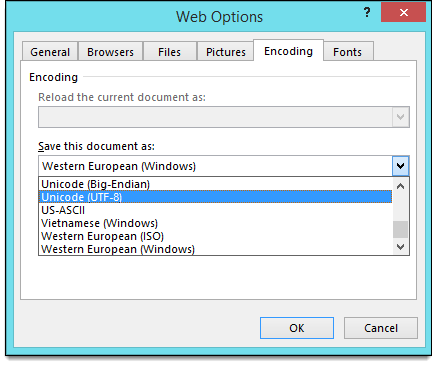

With an absolute reference, all the columns will refer to the value in column D.In the conditional formatting rule, =$D2=TRUE, we use an absolute reference to column D ( $D), instead of a relative reference ( D). (Optional) Hide the TRUE/FALSE column, to tidy up the worksheet.Click OK, twice, to apply the formatting.Click the Format button, and choose a fill colour for the rows that have TRUE in column D.In the formula box, type this formula, referring to the active data cell:.Click on “Use a formula to determine which cells to format”.On the Home tab, click Conditional Formatting, New Rule.Starting from row 2, select all the data cells in the table.Then, follow these steps to add the conditional formatting that creates colour bands: In the Table Style Options group, remove the check mark for Banded Rows.On the Excel Ribbon, click the Table Design tab.NOTE: You could use either TRUE or FALSE as the heading in column D Table Style Optonsīefore you add the conditional formatting, turn off banded rows in your Excel table, if that feature is active. In cell D2, the result is FALSE (the opposite of the TRUE in cell D1), because the date in cell A1 is not equal to the “Date” heading in cell A1. If the dates are different, the result is the opposite of the value in the row above, because the Excel NOT function reverses TRUE and FALSE. If the dates are the same, the result is the value from column D, in the previous row The formula in cell D2 compares the date in column A, to the date in the cell above that Press Enter, and the formula automatically fills down to the end of the table, with a result of TRUE or FALSE in each row.In cell D2, enter this formula, to compare the dates:.

In cell D1, type a heading for a new column – TRUE.This technique was adapted from Chip Pearson’s site.įirst, we need to add a new column to the table, where a formula will check the date, and compare it with the date in the previous row. In this example, the sales rows for the dates are in alternating colours – blue and no fill.
EXCEL SPREADSHEET STRIPES EXCEL FOR MAC HOW TO
In the steps shown below, you’ll see how to use Excel conditional formatting to create colour bands, based on the data in one column. But how could you colour alternating groups of information, such as dates? This example shows show to create colour bands, based on dates, so it’s easy to see where each day’s data begins and ends. When you create a named table in Excel, you can colour the alternating rows with one of the built-in Table Styles.


 0 kommentar(er)
0 kommentar(er)
